New Weeping Blue Spruce- Eastern Iowa
Bruce_Quint
9 years ago
Featured Answer
Sort by:Oldest
Comments (22)
ken_adrian Adrian MI cold Z5
9 years agoBruce_Quint
9 years agoRelated Professionals
Fitchburg Landscape Architects & Landscape Designers · Goodyear Landscape Contractors · Medford Landscape Contractors · Maple Valley Landscape Contractors · Cerritos Landscape Contractors · Hicksville Landscape Contractors · Middletown Landscape Contractors · North Chicago Landscape Contractors · Plainview Landscape Contractors · Pueblo West Landscape Contractors · Raleigh Landscape Contractors · Rockwall Landscape Contractors · San Rafael Landscape Contractors · Santa Ana Landscape Contractors · Thornton Landscape ContractorsSmivies (Ontario - 5b)
9 years agoEmbothrium
9 years agogardener365
9 years agoBruce_Quint
9 years agoBruce_Quint
9 years agowisconsitom
9 years agowisconsitom
9 years agogardener365
9 years agoEmbothrium
9 years agowisconsitom
9 years agoBruce_Quint
9 years agowisconsitom
9 years agoEmbothrium
9 years agoBruce_Quint
9 years agoEmbothrium
9 years agowisconsitom
9 years agosc77 (6b MA)
8 years agolast modified: 8 years agosc77 (6b MA)
8 years agogardener365
8 years ago
Related Stories
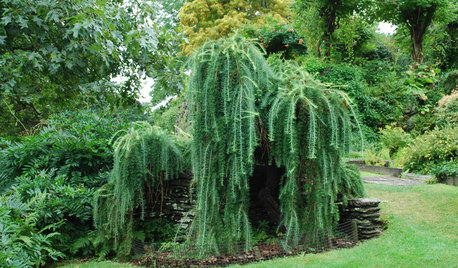
GARDENING GUIDESGreat Design Plant: Larix Decidua ‘Pendula’
Soft, graceful and sculptural, weeping larch is a star in northern U.S. gardens
Full Story
FRONT YARD IDEASBefore and After: Front Lawn to Prairie Garden
How they did it: Homeowners create a plan, stick to it and keep the neighbors (and wildlife) in mind
Full Story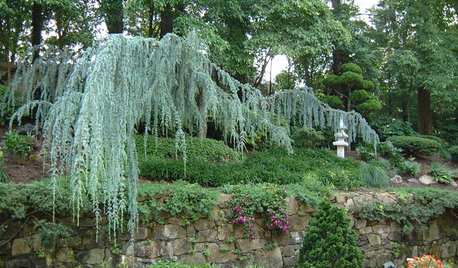
PLANTING IDEASDesigning With Conifers: Exploring Color
Colorful, structural and adaptable, conifers are waiting to transform your garden
Full Story
MOST POPULARHouzz Call: Show Us Your Winter View!
Share pictures of your home and garden in winter — whatever your climate, architecture and plantings
Full Story
LANDSCAPE DESIGNThe 7 Best Plant Types for Creating Privacy and How to Use Them
Follow these tips for using different kinds of plants as living privacy screens
Full Story
GARDENING GUIDES15 Native Flowers That Feed Native Bees
These perennials offer superfood to hundreds of bees and are gorgeous in their own right
Full Story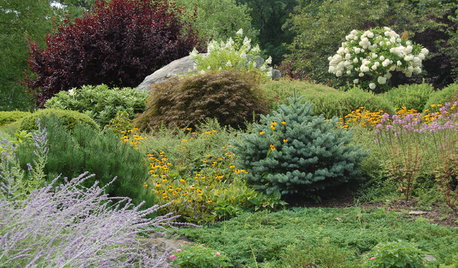
GARDENING GUIDESDesigning With Conifers: Finding the Right Garden Bedmates
In gardening, building on commonalities creates an enduring relationship
Full Story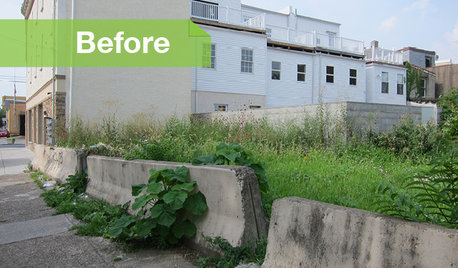
URBAN GARDENSGarbage to Garden: A Vacant Philly Lot Gets Some Green-Thumb Love
Transformed by an artist, this once-derelict urban property is now a tranquil garden with living walls
Full Story





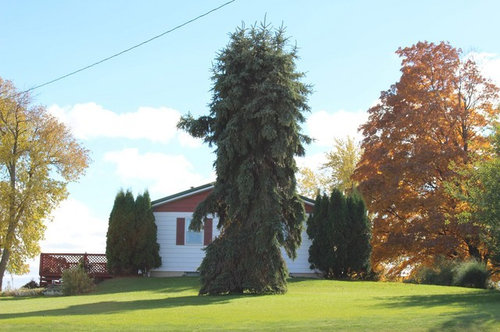
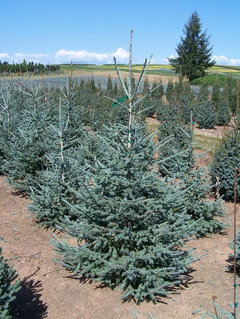




gardener365